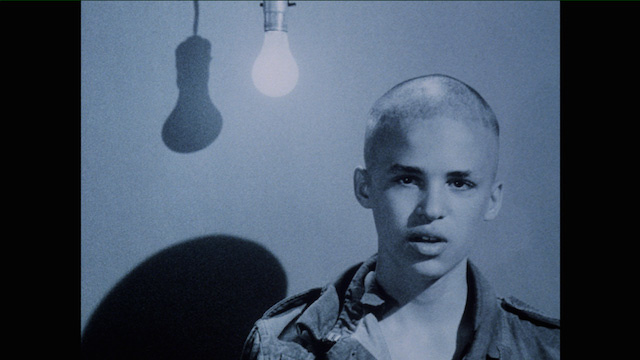When there’s a camera running, I’m a bitch on wheels.
As the song goes, “Punk is Dead.” So declared the anarcho-punk band Crass all the way back in 1978. Back then, Crass was bitching about the punk bands selling out to corporate radio and becoming figureheads for a movement that was all about being against figureheads. The original punk aesthetic was, in its way, about stripping down the commercialized talent of empire and rallying against the financial systems that had started sucking the wealth and security from the lower classes and pushing it all up into the hands of the fewer. Expectedly, Punk became a movement unto itself, an irony for a genre that was largely about being an anti-movement.
The Decline of Western Civilization is a document of the Los Angeles punk scene from 1979-1980. Alternating between concert footage and interviews, Spheeris captures a holistic view of that region’s scene from the philosophical to the performative to the trash to the crisis. Black Flag, pre-Henry Rollins, lives in a gutted out church while pondering what the hell life is all about. Germs is a portrait of damaged kids in existential crisis (lead singer Darby Crash would commit suicide before the film’s premiere). Slash Magazine emphasizes the more politically pissed off side of the scene. X embraces the rebellious DIY philosophy.
What strikes in modern times is just how pointed, ironic, and pissed off the bands are. At the beginning of the film, Black Flag’s Puerto Rican lead singer Ron Reyes screams out “White Minority,” subtly mocking the idea of White Pride Nazis. Throughout the film, swaztikas and other Nazi symbolism pops in and out, from armbands to a skull with a Nazi hat to even one popping up in magic marker on somebody’s wrist. Fear closes out the film by riling the audience with homophobic heckling before screaming “Let’s have a war!” Poverty and violence saturate the film in equal measures.
Penelope Spheeris’ method of creating the film is to record people in their natural environments occasionally poking and prodding them into various directions. Darby Crash and Michelle are making breakfast in some kitchen somewhere while discussing the story of a painter who died in a nearby house. X is giving each other homemade tattoos in somebody’s living room, where Exene can jump up and point to Catholic pamphlets she tapes up on the wall.
The most telling interviews are a series of punk kids recorded on a set with a single light. One kid, Eugene, is pissed off in no small part because his mom is dead, his step-dad abandoned him and his real father is MIA. Another talks about how he punches people and runs away. Some kids are alienated and find each other through the community and their ability to be themselves. Eugene complains about how there are so many posers, and expresses despair that people are beating on his friends which is not what the punk scene is about, man.
Claude Bessy of Catholic Discipline and editor of Slash Magazine ties in the era with some Hunter S. Thompson-esque philosophy:
There’s no more brotherhood shit anymore, man. It’s not like, uh, you know, we’re not all grooving on the same vibes anymore. Everybody’s grooving on different vibes. Ugly vibes.

